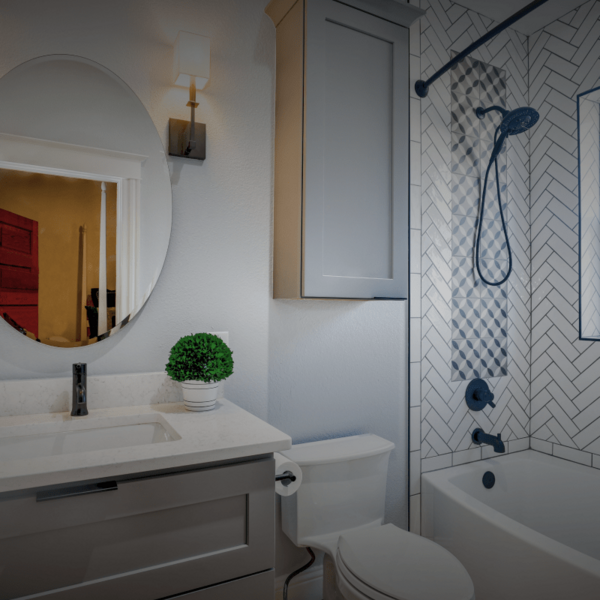Key Factors to Consider When Choosing a Trailer for Your Tiny House Move
Before you invest, evaluate factors that determine how well your trailer will handle the weight, size, and demands of your tiny house move. Consider the following:
Trailer Type and Design
The trailer’s structure must match the shape, weight, and layout of your tiny house. As such, a bumper pull trailer works well for smaller builds that are easier to tow, while gooseneck trailers have excellent stability and weight balance for longer or heavier homes. Drop-axle trailers lower the deck height, providing extra headroom without exceeding legal height limits.
You can also consider aluminum trailers. For instance, Brechbill Trailers offer aluminum frames that reduce overall trailer weight while maintaining strength and stability. It frees up more of your vehicle’s towing capacity to carry the weight of your house instead of the trailer.
Weight and Size of Your Tiny House
The first step in choosing a trailer is understanding the total weight of your tiny house, including furnishings, fixtures, and utilities. This number determines the trailer size, axle capacity, and frame strength. Uneven weight distribution can cause swaying or stress points, especially on turns or slopes. Therefore, weigh your home or use build estimates to calculate load placement.
Towing Capacity of Your Vehicle
Your trailer and home together can easily exceed the limits of smaller tow vehicles. Thus, check the manufacturer’s towing capacity listed in your vehicle’s manual, and don’t push the upper limit. Overloading strains the engine, transmission, and brakes, leading to unsafe handling. If your setup is near the maximum rating, upgrade to a heavy-duty truck with a suitable hitch and braking system.
Axle Rating and Load Balance
The strength and number of axles define how much your trailer can safely carry. Hence, look for a trailer whose total axle rating exceeds your tiny house’s full weight, including furniture and water tanks. Dual or triple axles provide better weight distribution and greater control. Trailers designed with even load balance prevent swaying and tire wear during travel.
Braking and Safety Systems
When you’re towing your home, stopping power matters as much as pulling strength. Electric brakes give you smoother control, letting your trailer slow down in sync with your vehicle instead of jerking or swaying. That coordination keeps both you and your home steady, especially on steep or winding roads.
Safety chains and a breakaway system add another layer of protection, securing the trailer if something disconnects. Additionally, good lighting and clear signals make you visible to drivers around you, reducing the risk of accidents.
Legal and Permit Requirements
Not every trailer on the market meets the legal standards for moving a tiny house. Regulations vary by state, and exceeding height or width limits can complicate your trip. Fortunately, many tiny house trailers comply with towing laws, reducing the need for special permits or route approvals. Selecting one that meets these standards makes registration and insurance straightforward.
Budget and Maintenance
A cheaper frame might look appealing, but it often sacrifices quality, leading to frequent repairs or early wear. Investing in a stronger, well-constructed trailer pays off through durability and lower maintenance needs. Over time, those savings outweigh the initial expense. Regular upkeep tasks like checking brakes, tightening bolts, and preventing rust extend its lifespan even further.
Conclusion
The success of moving your tiny house yourself depends on choosing a trailer built for safety, strength, and balance. For instance, understanding your home’s weight and selecting a trailer with the right axle rating ensures it can handle the load without strain. Additionally, investing in quality materials provides long-term durability and smoother towing for future moves. The right trailer safeguards the freedom and stability your tiny house represents.


